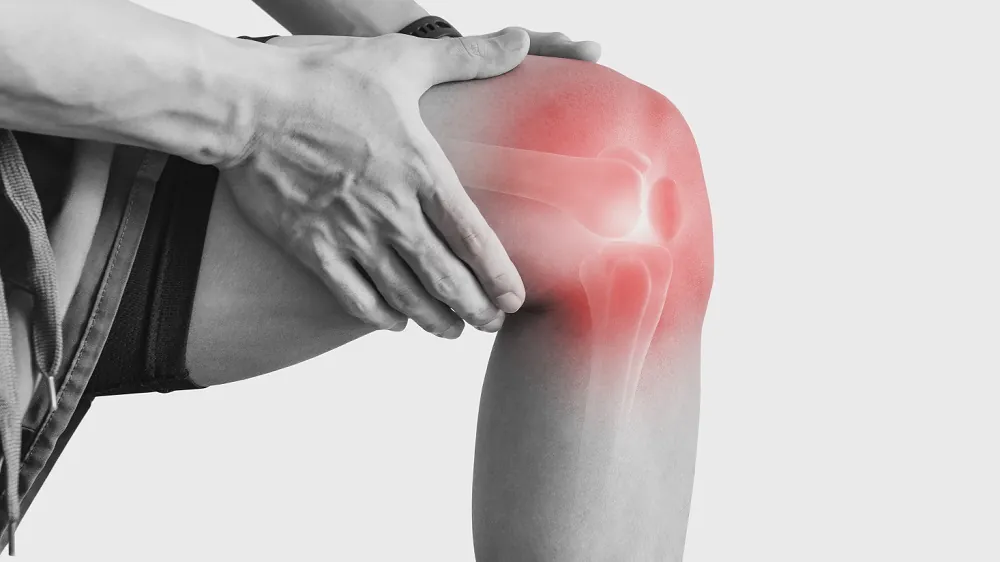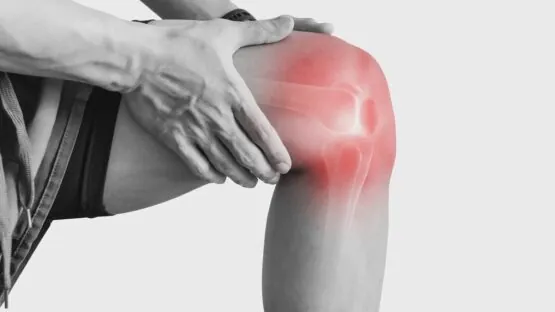In a paper published on Saturday in Aging, researchers have described a method of activating the sirtuin SIRT6 to reduce DNA damage, reducing senescence and possibly treating arthritis.
Sirtuins, genetic damage, and senescence
Extensive previous research has found that SIRT6, a deacetylase that is dependent on NAD+, is instrumental in DNA repair [1] and naturally homes in on places showing signs of DNA damage [2]. Other work has found that it maintains cellular functions in chondrocytes [3], the cells responsible for cartilage and whose dysfunction is linked to osteoarthritis.
We have recently posted about potential disease-modifying treatments for osteoarthritis that use stem cell signals to encourage chondrocytes to return from senescence to youthful function. These researchers have approached the problem differently, beginning with prior work from their lab showing that chrondrocytes, as cells that do not frequently divide, accumulate significant DNA damage over time [4]. As other work has raised the possibility of DNA damage being a major source of senescence [5], these researchers have turned to SIRT6 as a potential treatment. Specifically, they have chosen to test MDL-800, a compound that was found to increase SIRT6 activity by more than 20 times [6], against senescence in chondrocytes.
Restoring cellular DNA repair capability
This experiment began with an assessment of the ability of human chondrocytes to repair damage. Cells derived from 45-year-olds and younger, 50- to 65-year-olds, and people over 70 years old were subjected to intense radiation. This damage was far higher than what the cells had been subjected to during their donors’ lifespans.
As expected, the cells derived from younger people were able to repair damage considerably faster than their older counterparts. A closer look showed that some of the older cells were able to rapidly repair damage; however, many of the cells from the older group only got more damaged over time. This happened to a much lesser extent in the middle group and to very few of the cells in the young group.
MDL-800 mitigated this, reducing the number of heavily damaged cells in the middle-aged and younger groups while significantly increasing the rate of repair. EX-527, a compound that suppresses the activity of SIRT6, increased the damage.
The researchers then tested MDL-800 against older cells that had not been irradiated at all. In cells derived from older people and mice, MDL-800 significantly decreased DNA damage by more than half, as determined by a comet tail assay.
Reducing senescence
For this experiment, the researchers used cells derived from fluorescent-reporter mice to determine the amount of the senescence marker p16. These cells were cultured for three weeks in a substrate containing MDL-800. In two separate cohorts, the cells that received MDL-800 had considerably less p16 than a control group of cells that did not.
The researchers hold that their data provides significant support for the idea that DNA damage, which can potentially be mitigated by compounds that improve SIRT6, is a causative and possibly reversible element of senescence in chondrocytes. However, this study was performed only in cells, not humans or live animals. Considerably more experiments will have to be conducted before MDL-800 or another SIRT6-enhancing compound can be considered for use in human beings.
Literature
[1] Roichman, A., Kanfi, Y., Glazz, R., Naiman, S., Amit, U., Landa, N., … & Cohen, H. Y. (2017). SIRT6 overexpression improves various aspects of mouse healthspan. Journals of Gerontology Series A: Biomedical Sciences and Medical Sciences, 72(5), 603-615.
[2] Mao, Z., Hine, C., Tian, X., Van Meter, M., Au, M., Vaidya, A., … & Gorbunova, V. (2011). SIRT6 promotes DNA repair under stress by activating PARP1. Science, 332(6036), 1443-1446.
[3] Collins, J. A., Kapustina, M., Bolduc, J. A., Pike, J. F., Diekman, B. O., Mix, K., … & Loeser, R. F. (2021). Sirtuin 6 (SIRT6) regulates redox homeostasis and signaling events in human articular chondrocytes. Free Radical Biology and Medicine, 166, 90-103.
[4] Copp, M. E., Chubinskaya, S., Bracey, D. N., Shine, J., Sessions, G., Loeser, R. F., & Diekman, B. O. (2022). Comet assay for quantification of the increased DNA damage burden in primary human chondrocytes with aging and osteoarthritis. Aging Cell, 21(9), e13698.
[5] Yousefzadeh, M., Henpita, C., Vyas, R., Soto-Palma, C., Robbins, P., & Niedernhofer, L. (2021). DNA damage—how and why we age?. Elife, 10, e62852.
[6] Huang, Z., Zhao, J., Deng, W., Chen, Y., Shang, J., Song, K., … & Zhang, J. (2018). Identification of a cellularly active SIRT6 allosteric activator. Nature chemical biology, 14(12), 1118-1126.




